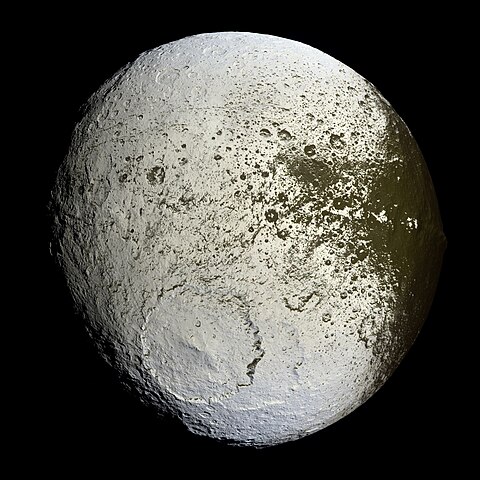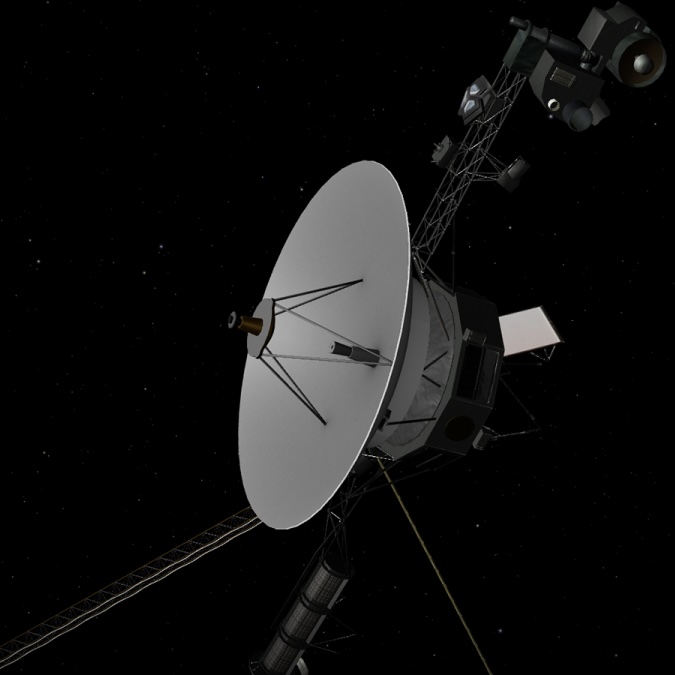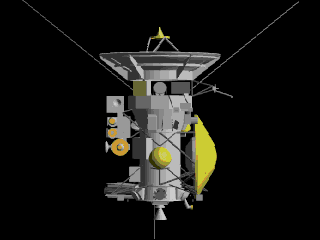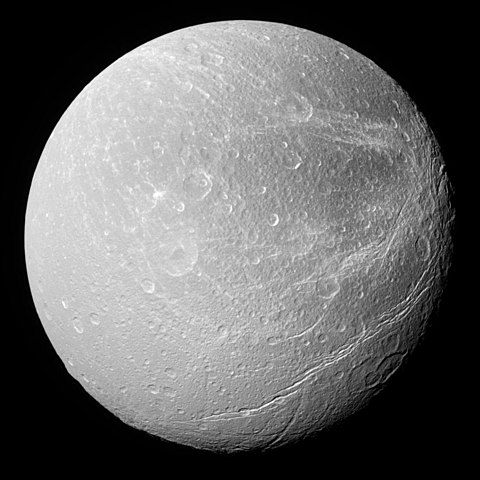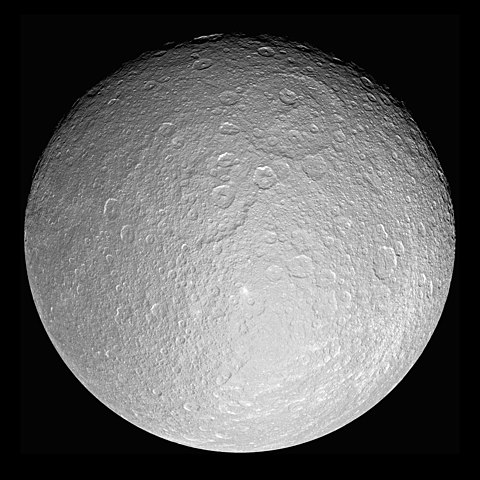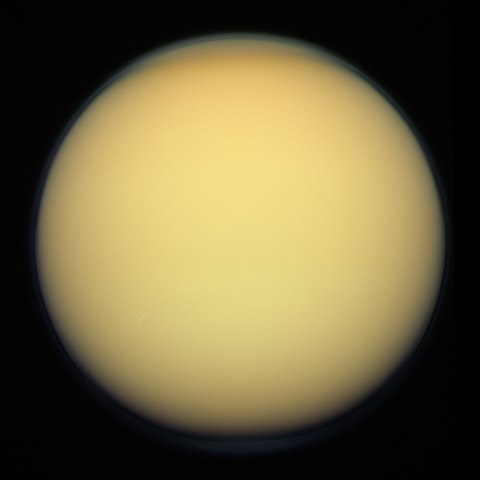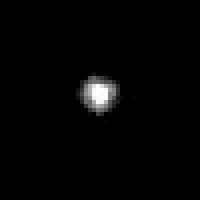1 day / second
0.5 AU
Iapetus
Moon of Saturn
A distinctive moon characterized by its inclined orbit, its two-toned coloring, with one bright white and one brown hemisphere, and by a prominent equatorial ridge that makes it resemble a walnut.
Key Facts
learn more | Wikipedia |
mass | 1.8056e+21 kg |
radius | 734.5 km |
semi-major axis | 0.024 AU |
eccentricity | 0.029 |
inclination | 42.2º |
longitude of the ascending node | 0º |
argument of periapsis | 0º |
orbital period | 79.339 days |
surface gravity | 0.023 g |
discovery date | October 25, 1671 |
discovered by | Giovanni Domenico Cassini |
name origins | Named after Iapetos, a Titan in Greek mythology |
albedo | 0.6 |
material composition | Ice and rock |
density | 1.088 g/cm³ |
Parent Planet
Saturn
A massive ringed gas giant with a distinctive yellow-orange hue, known for its extensive system of icy rings and more than 80 moons, including Titan, the only moon in the Solar System with a thick atmosphere.
Spacecraft Visits
Pioneer 11
Flyby
Launched in 1973, visited in 1979
Pioneer 11 conducted a distant flyby of Saturn's moon Iapetus on September 1, 1979, capturing low-resolution images from approximately 966,000 kilometers away that helped confirm the moon's unusual two-toned coloration._
Voyager 2
Flyby
Launched in 1977, visited in 1981
On August 22, 1981, Voyager 2 captured distant images of Iapetus from 2.2 million kilometers away during its Saturn flyby, providing limited but valuable data about the moon's distinctive two-toned coloration._
Cassini
Flyby
Launched in 1997, visited in 2004
Cassini performed a close flyby of Iapetus on December 31, 2004, passing within 123,400 kilometers of the moon and capturing detailed images of its striking two-toned surface and prominent equatorial ridge.
